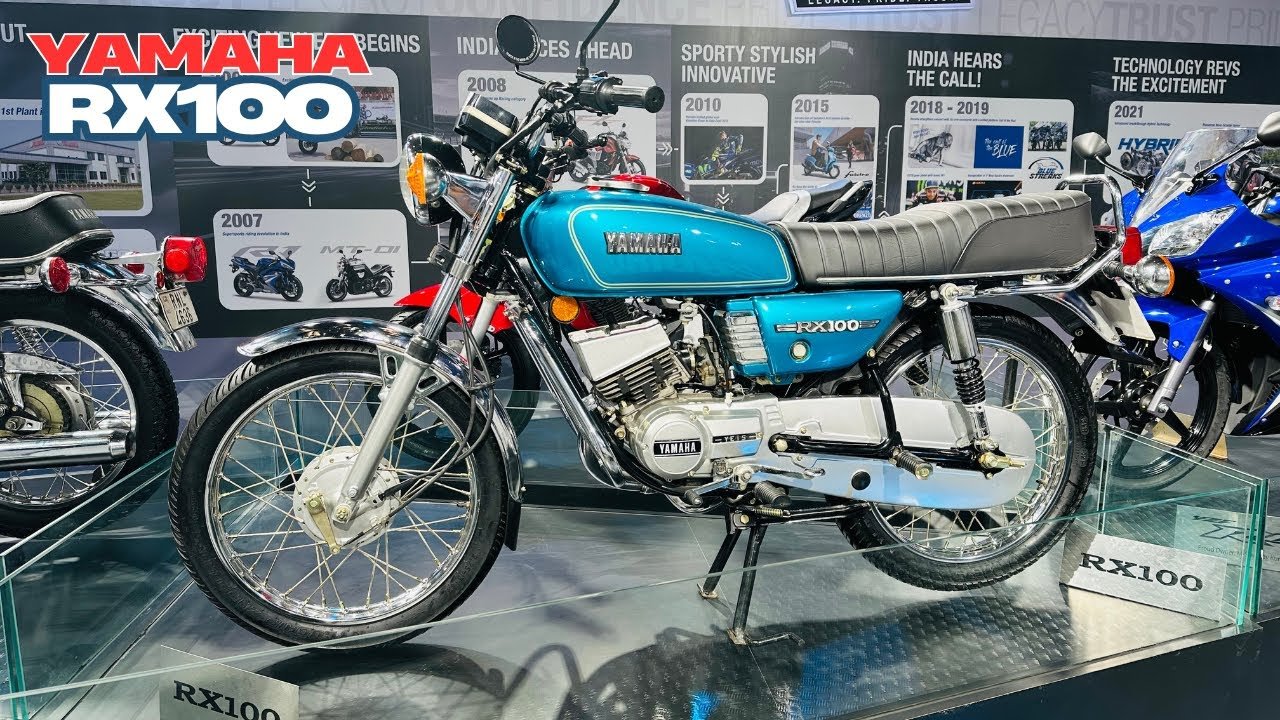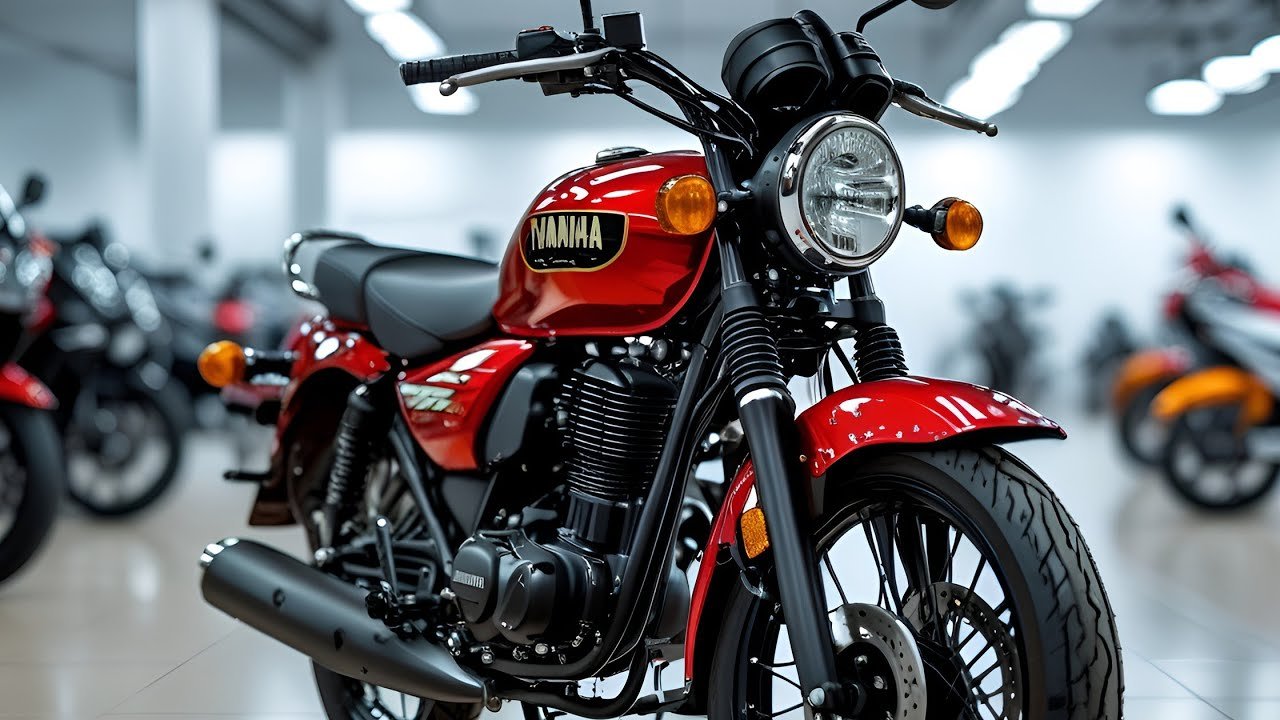The Yamaha RX100 is not just a bike—it’s a legend. For many riders in the 80s and 90s, this two-wheeler was a dream machine. Even today, it holds a special place in the hearts of bike lovers. With its powerful engine, lightweight body, and thrilling performance, the RX100 became an icon. Let’s take a closer look at what made this bike so special.

Yamaha RX100 – Key Highlights
| Feature | Details |
|---|---|
| Engine | 98cc, air-cooled, 2-stroke |
| Power | 11 HP (approx.) |
| Gearbox | 4-speed manual |
| Weight | Around 100 kg (lightweight) |
| Top Speed | 100 km/h (approx.) |
| Brakes | Front & rear drum brakes |
| Fuel Efficiency | 25-30 km/l (varies with tuning) |
| Suspension | Telescopic forks (front), Swingarm (rear) |
| Production Years | 1985–1996 (Discontinued) |
| Legacy | Cult classic, loved for raw power & sound |
Why Was the Yamaha RX100 So Popular?
The Yamaha RX100 was a game-changer in its time. It had a perfect mix of power, speed, and style. The 98cc two-stroke engine delivered impressive performance, making it one of the fastest bikes in its category. The sound of its engine was music to riders’ ears—a sharp, aggressive note that announced its presence.
Another reason for its popularity was its lightweight design. Weighing just around 100 kg, the bike was easy to handle, making it a favorite among young riders. Its sporty look, with a sleek fuel tank and bold graphics, added to its charm.
Key Features of the Yamaha RX100
The RX100 was packed with features that made it stand out. The air-cooled, two-stroke engine produced around 11 horsepower, which was impressive for a 100cc bike. It had a 4-speed gearbox that provided smooth and quick acceleration.
The bike’s suspension was well-tuned, offering a comfortable ride even on rough roads. The drum brakes (front and rear) provided decent stopping power. While it lacked modern features like disc brakes or fuel injection, its raw performance made up for it.
What Made the Yamaha RX100 a Cult Classic?
Even though the RX100 was discontinued in 1996, it remains a cult classic. Many enthusiasts still restore and ride this bike. Its simplicity, reliability, and thrilling performance keep its legacy alive.
The RX100 also had a strong racing heritage. Many riders modified it for drag races and street competitions. Its ability to rev high and deliver quick bursts of speed made it a favorite among racers.
FAQs About the Yamaha RX100
Why Was the Yamaha RX100 Discontinued?
The RX100 was phased out due to stricter emission norms. Two-stroke engines were known for higher pollution, and Yamaha had to stop production to comply with new regulations.
Is the Yamaha RX100 Still Available in the Market?
No, Yamaha stopped making the RX100 in 1996. However, you can find used models in good condition, and many collectors restore them.
How Much Does a Used Yamaha RX100 Cost?
The price depends on the bike’s condition. Well-maintained RX100s can cost anywhere between ₹50,000 to ₹1,50,000 or even more for rare models.
Can the Yamaha RX100 Be Used for Daily Commuting?
Yes, if maintained properly, the RX100 can still be a reliable commuter. However, spare parts are hard to find, and fuel efficiency may not match modern bikes.
What Made the RX100 Faster Than Other Bikes of Its Time?
The two-stroke engine design allowed quicker power delivery compared to four-stroke engines. Its lightweight body and aggressive tuning made it much faster than its rivals.
Conclusion
The Yamaha RX100 was more than just a bike—it was an emotion. Even after decades, it continues to be loved by riders who appreciate its raw power and classic charm. If you ever get a chance to ride one, you’ll understand why it’s called a legend.
Would you like to own an RX100 today? Let us know in the comments!
